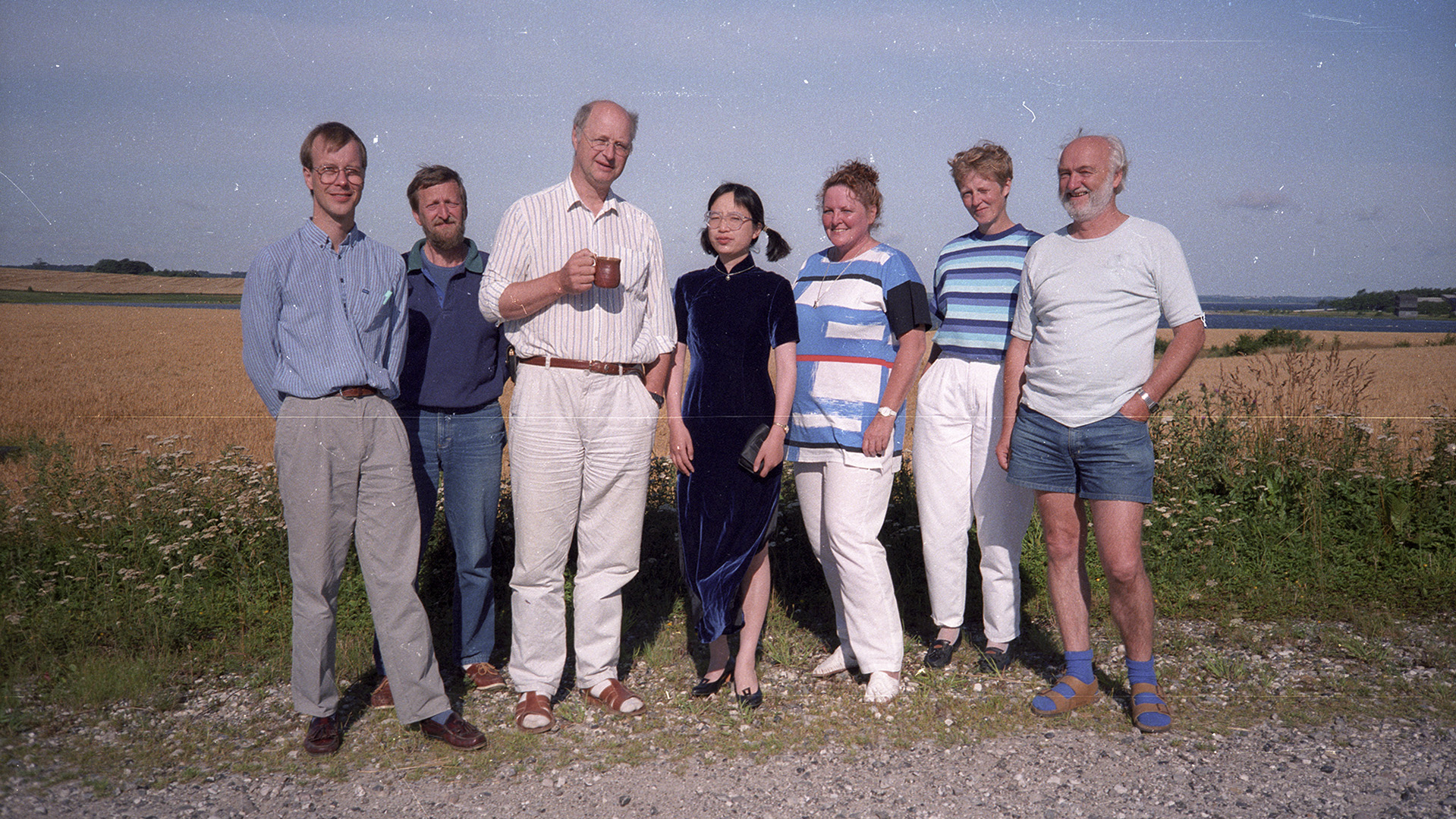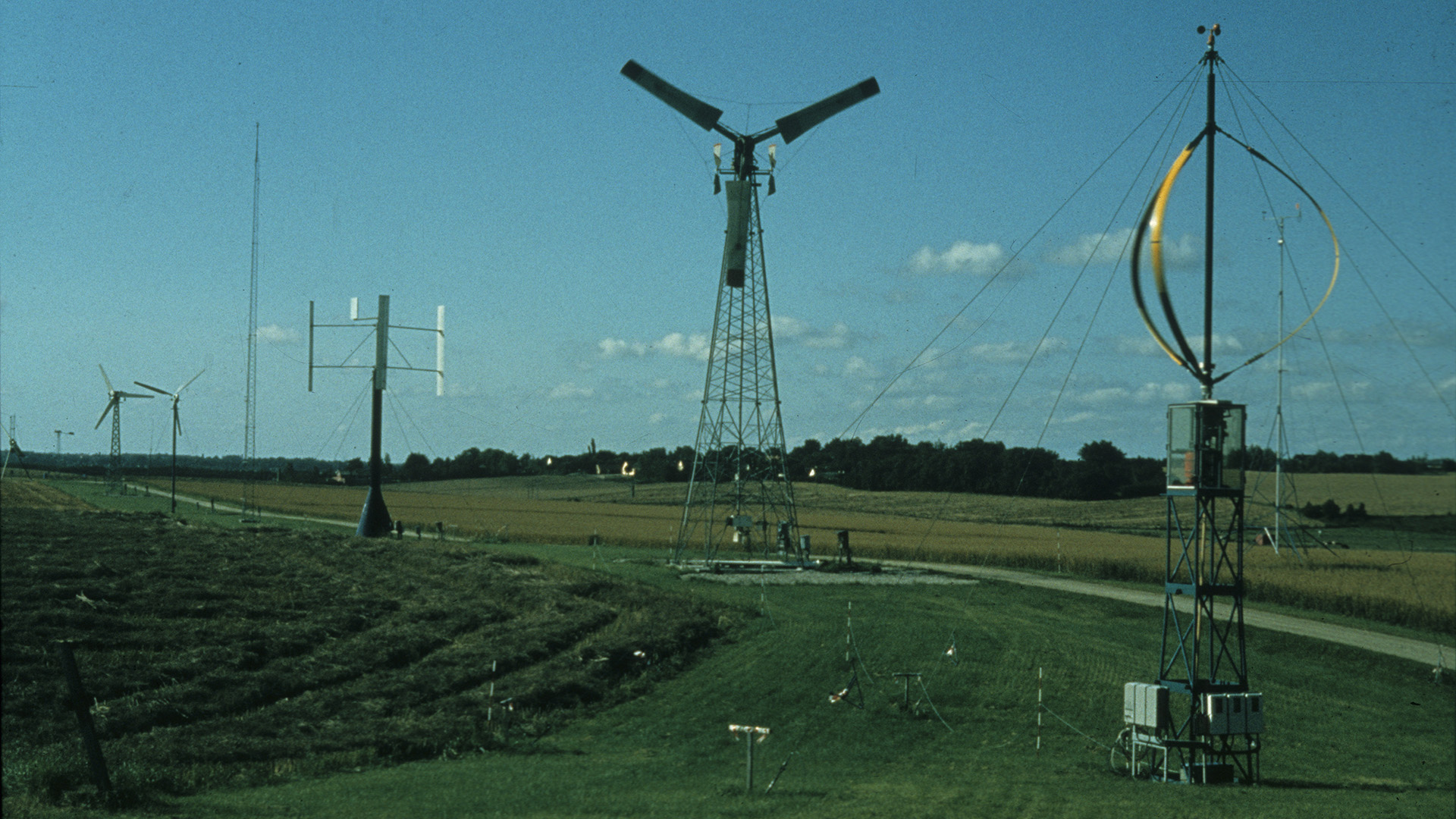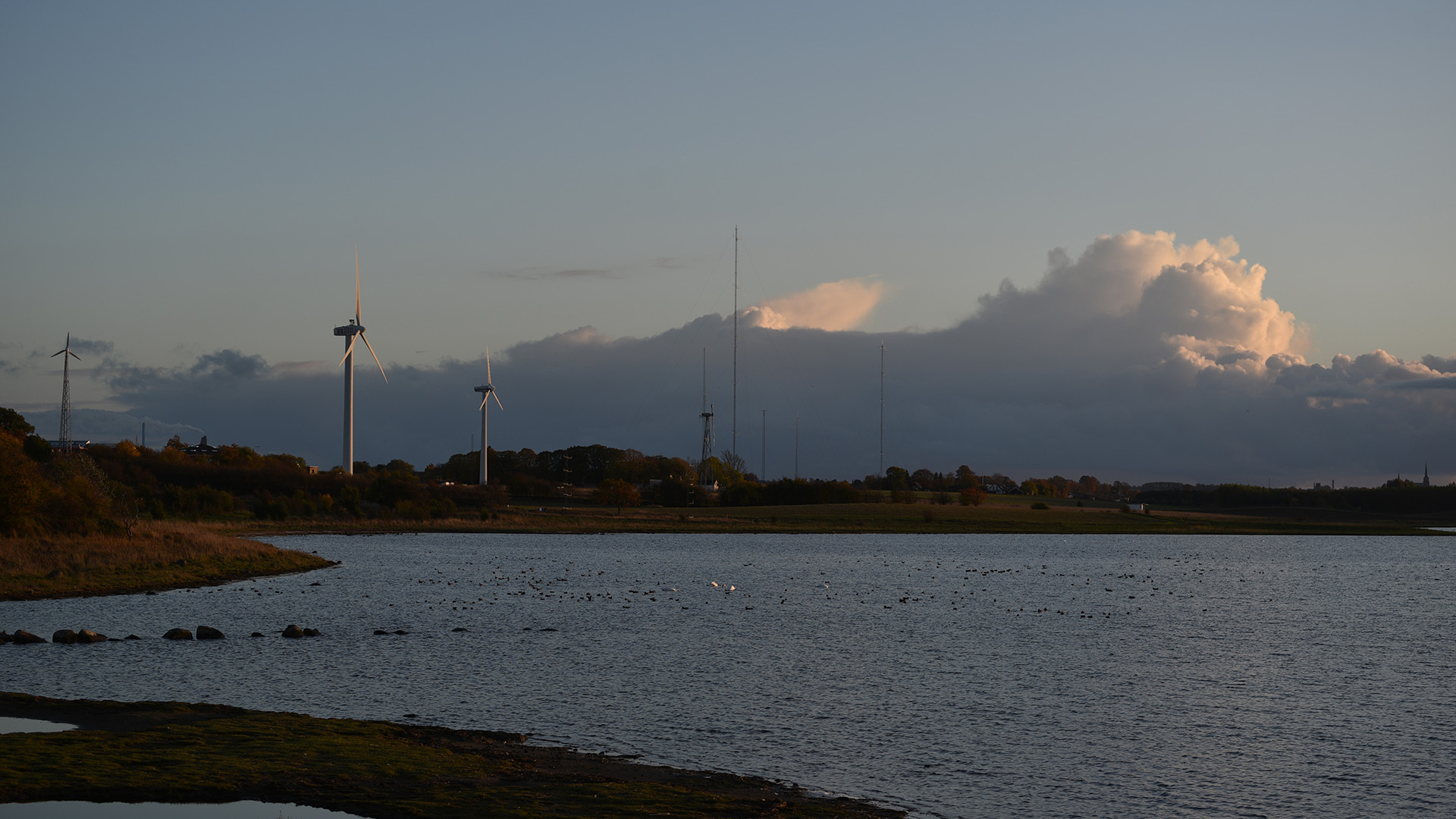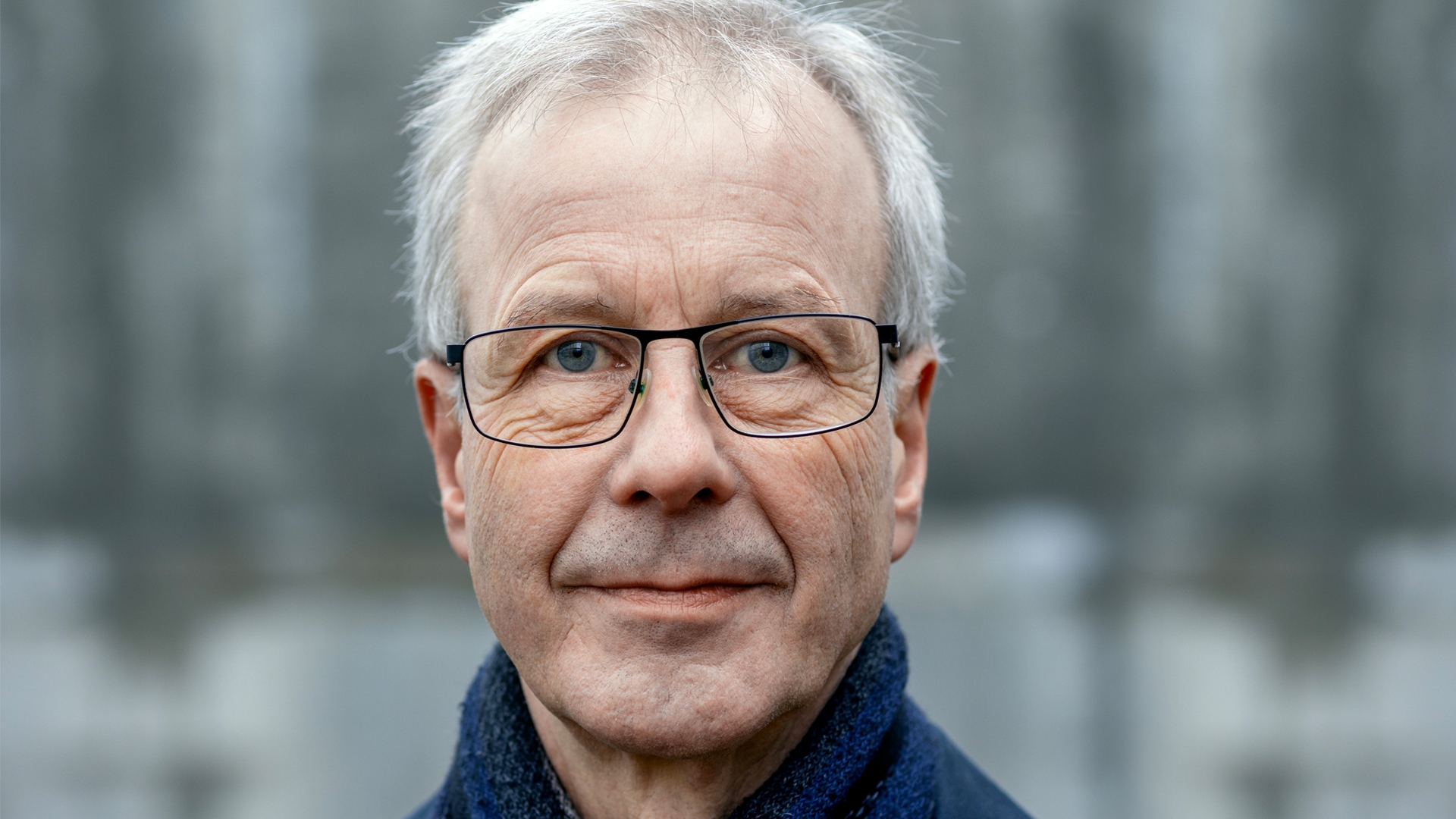CV: Peter Hauge Madsen
2022-2023: Head of the Department of Wind and Energy Systems
2012-2022: Head of DTU Wind Energy
2009-2011: Head of Department for Wind Energy at Risø-DTU
2007–2008: Head of Approval of Offshore Wind Projects, DNV
2005–2006: Head of Research at Siemens Wind Power
1996-2005: Deputy Head of Department of the Wind Section at Risø Research Centre
1993-1995: Head of Department for Combustion Research at Risø Research Center
1988-1993: Head of Section at the Test Station for Wind Turbines at Risø Research Center
1987: Posted in the US at the Solar Energy Research Institute
1985-1987: Project coordinator in the Department of Meteorology and Wind Energy at Risø
1981-1987: Researcher in the Department of Meteorology and Wind Energy at Risø
1979–1982: PhD student at Risø
1979: Graduated from DTU with an MSc in Applied Mechanics and Operations Analysis.
As an example of his persistent efforts in the field of wind energy, Peter Hauge Madsen has chaired the Danish standardization committee for wind energy in Danish Standards since 1989. Today, the committee is the largest in Danish Standards and includes representatives from Vestas, the Danish Energy Agency, Siemens Gamesa, Ørsted, and DNV.





